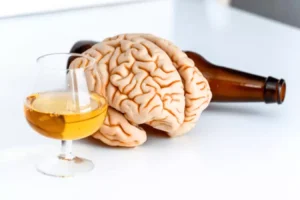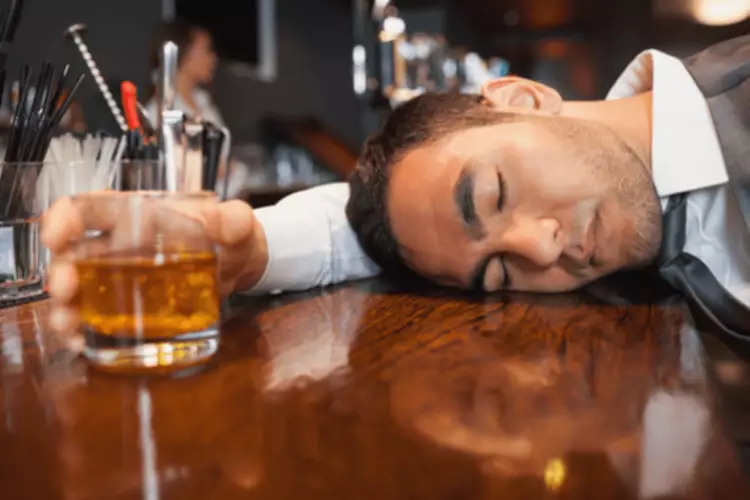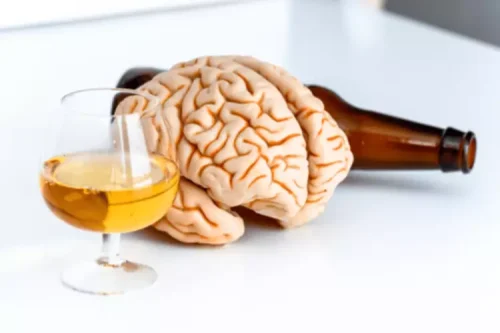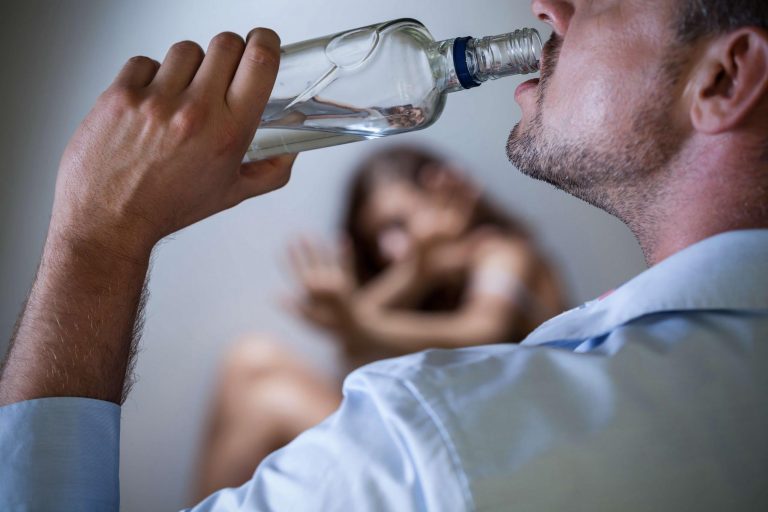
Many of these trials have involved what is considered here as over-rapid withdrawal. Neither drug had any effect on the severity of withdrawal symptoms, but the rate of taper was 25% of the benzodiazepine dose each week – a rather fast withdrawal! Another drawback of antidepressants is that they, too, cause withdrawal reactions if they are stopped suddenly, a fact which has not always been appreciated by doctors. Antidepressant withdrawal symptoms include increased anxiety, sleep difficulties, influenza-like symptoms, gastrointestinal symptoms, irritability and tearfulness – not much different, in fact, from benzodiazepine withdrawal symptoms. These reactions can be prevented by slow tapering of the antidepressant dosage over about 1-3 months (See Table 2). Most people who have withdrawn from benzodiazepines will be experts at tapering dosages when the time comes to stop the antidepressant and will be able to work out a rate of withdrawal that suits abrupt withdrawal of benzodiazepines them.

Peak Phase: Acute Withdrawal
When people take benzos for longer than a few months, or when they take high doses of benzos, the brain comes to depend on these drugs. When they are removed, people may experience anxiety, panic, hallucinations, and/or seizures. The safest way to deal with a benzo addiction is to enroll in a medical detox program. All the evidence shows that a steady decline in symptoms almost invariably continues after withdrawal, though it can take a long time – even several years in some cases. Most people experience https://ecosoberhouse.com/ a definite improvement over time so that symptoms gradually decrease to levels nowhere near as intense as in the early days of withdrawal, and eventually almost entirely disappear. All the studies show steady, if slow, improvement in cognitive ability and physical symptoms.

Waypoint Recovery Center Blog
One lady had to stop all the clocks in the house because their ticking sounded unbearably loud; many have had to don dark glasses because ordinary light seemed dazzlingly bright. Some find that the skin and scalp becomes so sensitive that it feels as if insects are crawling over them. Heartbeats become audible and there may be a hissing or ringing sound in the ears (tinnitus – see below).
BEFORE STARTING BENZODIAZEPINE WITHDRAWAL

The brain grows accustomed to their presence, leading to increased tolerance, which means higher doses are required to achieve the same therapeutic effects. Gastrointestinal symptoms may be prolonged after withdrawal, usually in people who have a previous history of digestive troubles. Such people may develop apparent intolerance to certain foods, although reliable tests for true food allergy (e.g. antibodies against specific food constituents) are nearly always negative. Nevertheless many sufferers feel that they have damage to the immune system or have developed intestinal candidiasis. There is at present no clear scientific evidence on these topics, though as mentioned before, benzodiazepine receptors are present in the gut and benzodiazepine use or withdrawal may affect immune responses.
- Only in special situations there might be a place for an antidepressant, beta blocker, sedative antihistamine or anticonvulsant.
- Since recent sleep research indicates that certain stages of sleep (REMS and SWS) are important for memory functions, it is likely that the dreams and the memories are connected.
- It is not surprising that some patients feel depressed considering the amalgam of other psychological and physical symptoms that may assail them.
- If a fit does occur in these circumstances, it is usually only a single fit and causes no lasting damage.
- Quite often, people taking long-term benzodiazepines are already taking an antidepressant as well.
In most cases of benzo withdrawal, suddenly stopping the medication is not recommended, as it can be dangerous. If you are pregnant or are thinking about becoming pregnant, talk to your OBGYN or psychiatrist about your plans. Your doctor can help you weigh the potential risks and benefits of benzodiazepine use and your pregnancy. Depending on your situation, your doctor may think it best to prescribe very small amounts of medication at a time. This will prevent you from altering the taper, but it might mean frequent trips to the pharmacy. Protracted withdrawal is a long-term withdrawal syndrome that may come and go for several months.
Managing Benzo Withdrawal Symptoms: A Comprehensive Guide
- If the person’s original symptoms return once they stop taking prescription benzodiazepines, doctors may also prescribe a different class of medications, or other drugs or therapies, to help manage them during withdrawal.
- Most people experience a definite improvement over time so that symptoms gradually decrease to levels nowhere near as intense as in the early days of withdrawal, and eventually almost entirely disappear.
- These reactions are caused by the abrupt exposure of adaptations that have occurred in the nervous system in response to the chronic presence of the drug.
- A multitude of factors interplay in the benzodiazepine withdrawal process, making each individual’s experience unique.
- After withdrawal the ex-user is left in a vulnerable state with a decreased ability to deal with stressful situations.
” Though it may initially seem like a tempting option to try to detox from benzodiazepines at home, it is not a good idea for several reasons. The help of a medical or mental health professional is often needed to manage these symptoms successfully. Side effects of withdrawal may also range in duration and intensity, which may be directly related to the level of dependency.
Most withdrawal symptoms begin within 24 hours after the final dose and can last from a few days to several months, depending on several factors. They can be life-saving in status epilepticus (repeated fits, one after another) and in fits caused by overdose of certain drugs (for example, tricyclic antidepressants). However, rapid withdrawal, especially from high potency benzodiazepines, can precipitate epileptic fits as a rebound reaction. Such an occurrence is extremely rare with slowly eliminated benzodiazepines (e.g. diazepam) or with slow dosage tapering.
What is it like to experience benzodiazepine withdrawal?
- The results suggest that some protracted symptoms are due to the failure of the receptors to revert to their normal state after they have become unresponsive to GABA, due to the development of tolerance (See Chapter I).
- Benzodiazepine withdrawal syndrome is a complex physiological and psychological process that occurs when an individual who has taken the drug for an extended period either reduces the dosage or stops its consumption altogether.
- Chapter I described what benzodiazepines do when they are in the body and how tolerance and dependence develop.
- Their minds will suddenly conjure up a vivid memory of someone they have not thought about or seen for years.
- Symptoms will be milder than acute withdrawal and they can disappear for weeks at a time.
If sleep is really a problem, a small dose of a tricyclic antidepressant with sedative effects (see antidepressants, above) is a possible option. Alternatively, an antihistamine with sedative effects (e.g. alcoholism treatment diphenylhydramine Benadryl, promethazine Phenergan) may be used temporarily. Neither antidepressants nor antihistamines act by the same mechanisms as benzodiazepines. All sorts of strange tinglings, pins and needles, patches of numbness, feelings of electric shocks, sensations of hot and cold, itching, and deep burning pain are not uncommon during benzodiazepine withdrawal.






.jpg)
.jpg)
.jpg)

.jpg)
.jpg)